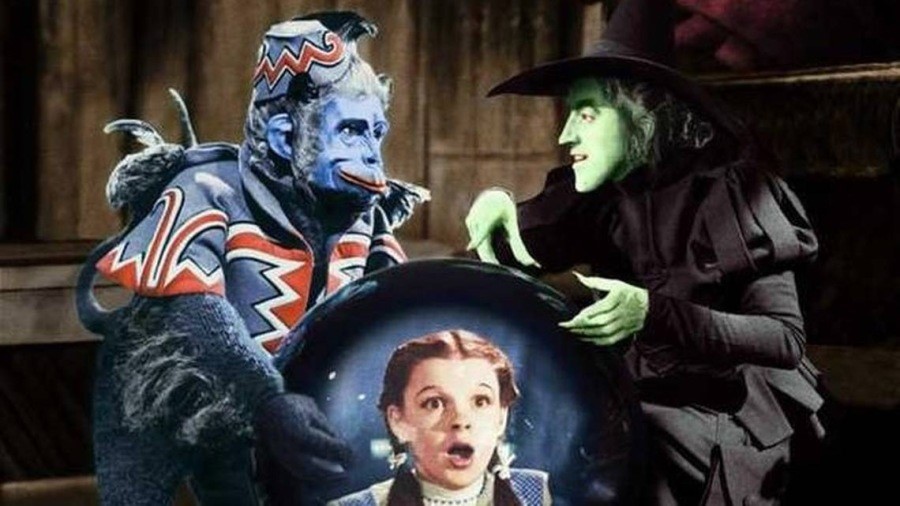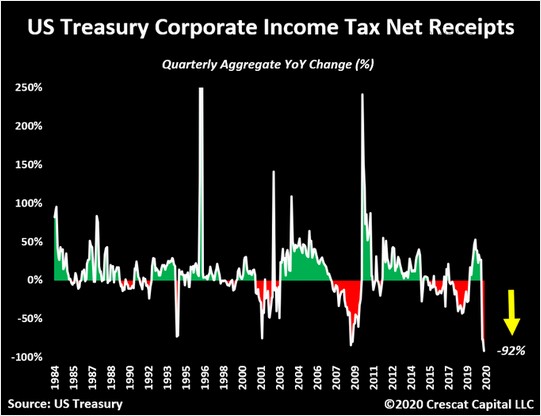 |
|
“Take your Army to the Haunted Forest and bring me that girl and her dog! Do what you want with the others!” —The Wicked Witch of the West, “The Wizard of Oz” |
I was seven or eight years old the first time I watched “The Wizard of Oz.” I don’t know about you, but those flying monkeys scared the crap out of me and gave me nightmares!
That was a long time ago and I’m not scared of those imaginary flying monkeys anymore, but I am scared to death of the Federal Reserve its flying monkeys! And instead of going after Dorothy (and her little dog, too!) they’re waging a war against savers.
 |
| Source: stf1.bebee.com |
Not the type of war that uses guns and bombs, but a war against people that have diligently saved money to build a retirement nest egg.
However, the combination of ZIRP (zero interest rate policy) and endless quantitative easing is killing American savers and retirees.
Since March, the Fed has slashed interest rates to nearly zero, embarked on an endless buying binge of ramped up asset purchases and launched numerous other coronavirus crisis programs designed to protect the U.S. financial system by funneling free money American businesses.
None of the actions do anything to help the averaged retired American that depends on interest earnings to finance their retirement.
Worst of all, the Federal Reserve is setting the stage for more Quantitate Easing, more corporate bailouts and lower — ultimately negative — interest rates.
The reason for these insane levels of monetary steroids is that the Fed is worried to death that a “V”-shaped recovery is a fantasy and that economic conditions are about to get much, much worse.
The Federal Reserve has first and often exclusive access to the timeliest, most comprehensive and most accurate economic information on the planet. That data is giving the Fed members nightmares of flying economic monkeys.
It's obvious: A growing number of Federal Reserve officials are dropping hints that the coronavirus pandemic is going to hurt the economy harder AND longer than previously expected.
Flying Economic Monkey No. 1: Boston Fed President Eric Rosengren: "We still have community spread in many areas of the United States and that’s likely to continue being a problem, not only for public health, but also for the economy.”
Flying Economic Monkey No. 2: Atlanta Fed President Raphael Bostic: “Economic activity appears to be "leveling off at a level lower than we were pre-crisis, which might suggest there is going to be some loss or that the time required to recover might be quite a bit longer than we might have otherwise expected.”
Flying Economic Monkey No. 3: Fed Governor Lael Brainard: “The pandemic remains the key driver of the economy’s course. A thick fog of uncertainty still surrounds us, and downside risks predominate.”
Flying Economic Monkey No. 4: Richmond Fed President Thomas Barkin: “A bunch of companies large and small are realizing this is not a two-month issue and recasting their business.”
Flying Economic Monkey No. 5: St. Louis Fed President James Bullard: “The downside risk is nevertheless substantial.”
And the recently released minutes from the June FOMC meeting revealed that "a substantial likelihood of additional waves of outbreaks, which, in some scenarios, could result in further economic disruptions and possibly a protracted period of reduced economic activity."
All that Federal Reserve handwriting is a clear sign that the economic coast is not clear and that the second half of 2020 is going to be uglier than Wall Street has led you to believe.
Know how I can tell? Because federal corporate income tax receipts are down. Way, way down … and haven’t shown the least bit of rebound.
 |
If the economy was recovering so well, businesses would be making more money and the Treasury department would see more — not less — tax payments coming into their coffers.
Now is the time to take some of your stock market dollars off the table. That’s exactly what I’ve done with my retirement account.
I only own five stocks and ETFs in my personal portfolio … and two of them are gold/silver miners: Pan American Silver (Nasdaq PAAS: Rated “C-”) and U.S. Global GO GOLD and Precious Metal Miners ETF (NYSE: GOAU, Rated “C”).
I could be wrong and my small 26% allocation to stocks could be a big mistake … but I don’t think so. The Federal Reserve, like the flying monkeys, has scared the crap out of me.
Best wishes,
Tony Sagami

